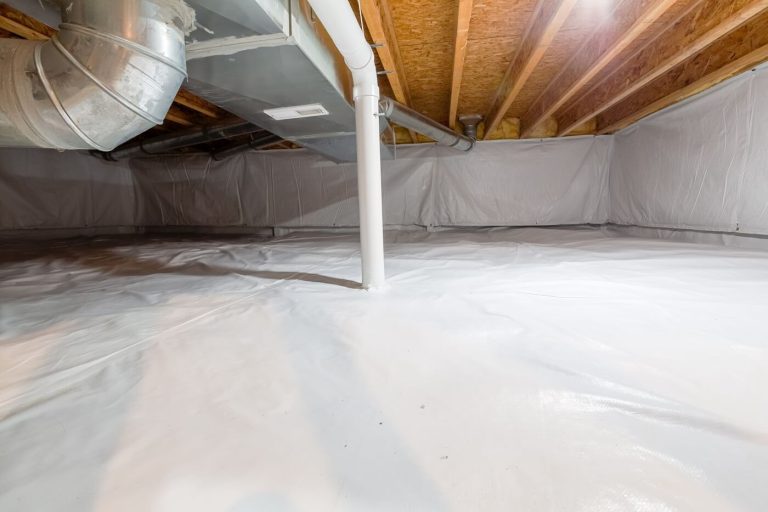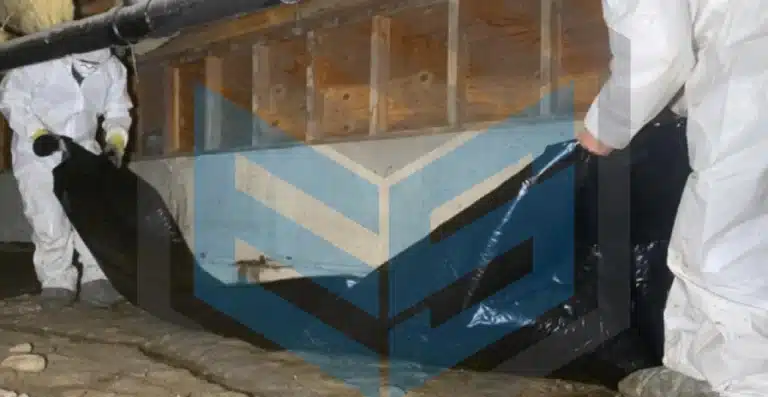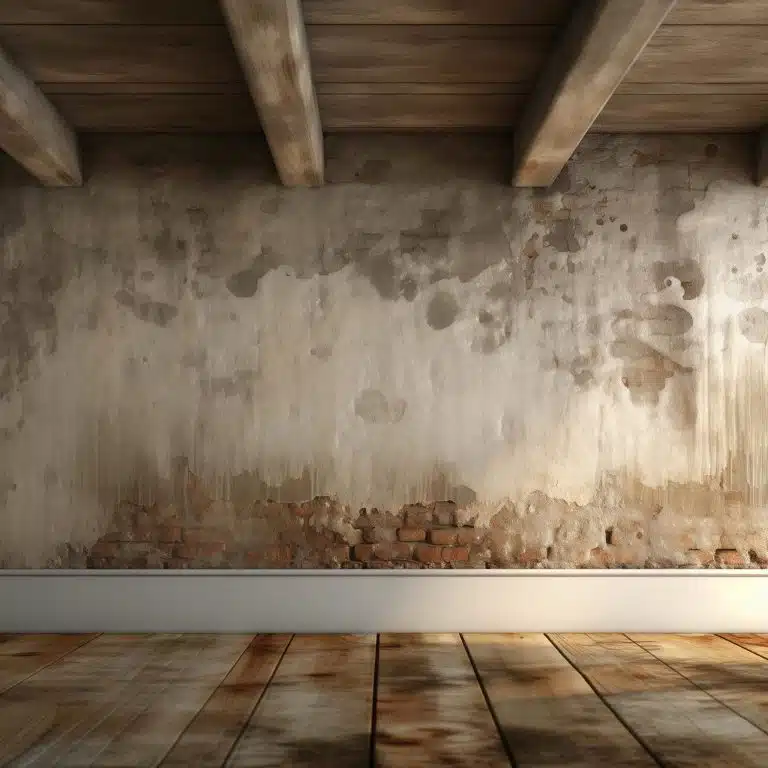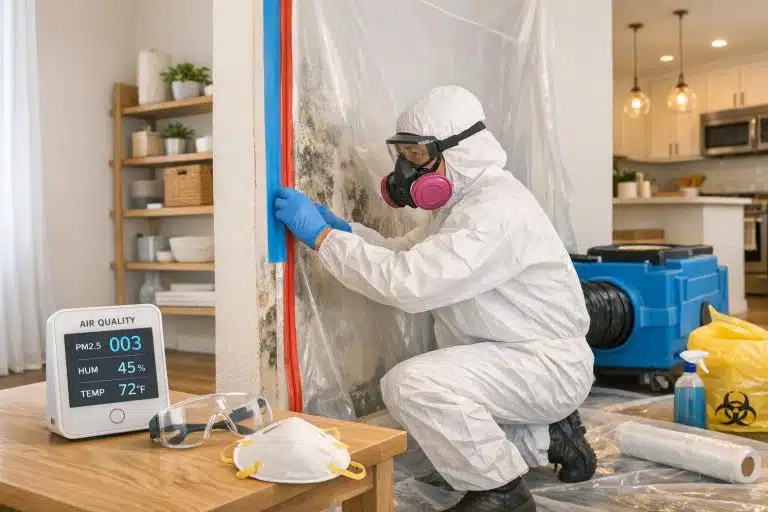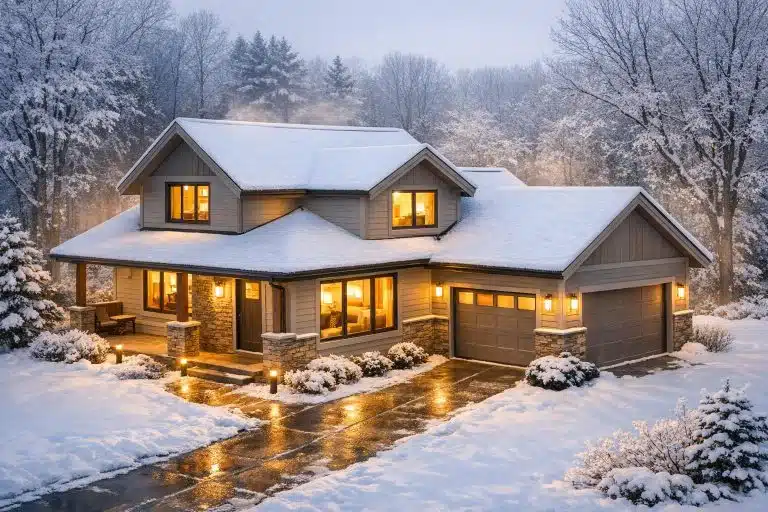Are you looking to improve the energy efficiency and comfort of your home? Installing ceiling insulation can significantly impact reducing heat flow, improving thermal resistance, and enhancing sound absorption. In this comprehensive guide, we will explore how to hang insulation in ceiling, offering valuable tips and techniques for new and existing homes.
- Installing Ceiling Insulation in New Homes vs Existing Homes
- Insulating the Ceiling Between Floors
- Reusing Old Insulation and Installing New Insulation
- Determining the Required Amount of Insulation
- Installing Ceiling Insulation – DIY vs Professional Installation
- Step-by-Step Installation Guide for Ceiling Insulation
- Safety Tips for Installing Ceiling Insulation
- Can You Spray Insulation Into an Existing Ceiling?
- What Type of Insulation is Best for Ceilings?
- What’s the Best R-Value for Ceiling Insulation?
- Contact Us for Your Ceiling Insulation Needs
- Bibliography
Installing Ceiling Insulation in New Homes vs Existing Homes
When learning how to put insulation in ceiling, the installation timing can significantly impact the ease and effectiveness of the process. In new homes, installing ceiling insulation after the plaster has been installed is ideal. The ease of dropping batts into the space between roof beams atop the plasterboard makes this approach convenient. However, it’s essential to insulate hard-to-reach areas before plaster, such as corners and exposed ceiling cavities. Additionally, we recommend avoiding installation during the hottest part of the day to prevent exposure to high temperatures in the roof space.
Homeowner Tip: To ensure a smoother installation of insulation in the ceiling, consider preloading the ceiling with insulation before commencing the installation. Additionally, hiring a professional can offer quicker, higher-standard results and valuable product recommendations tailored to your home’s needs.
Insulating the Ceiling Between Floors
In multi-story homes, insulating the mid-floor area is highly recommended to reduce heat flow and enhance energy efficiency. Additionally, specialized acoustic insulation products can effectively minimize noise transfer between floors, providing a quieter indoor environment for your home’s occupants.
Homeowner Tip: When checking how to install insulation in ceiling, consider using specialized acoustic insulation products that are thicker and denser to absorb sounds from footsteps and appliances, enhancing the peace and quiet in downstairs rooms.
Reusing Old Insulation and Installing New Insulation
Before checking how to install ceiling insulation, consider whether it can still contribute to the overall insulation performance. Combining old and new insulation can increase the R-value, providing better thermal resistance. However, thorough inspection of the old insulation is crucial to ensure it is not damaged, moldy, or rodent-infested. Any compromised old insulation should be completely removed before installing new insulation to maintain effectiveness.
Homeowner Tip: Combining old and new insulation can achieve a higher R-value, improving your home’s energy efficiency and temperature control.
Determining the Required Amount of Insulation
Before initiating the ceiling insulation installation process, it’s essential to calculate the required amount of insulation to avoid delays or unnecessary expenses. This can be done by dividing the square meters of the roof space by the square meters of insulation in the bags. Deducting 10% of the total to account for the timber framing is recommended to ensure accurate coverage.
Homeowner Tip: Using a home insulation calculator can expedite the process of determining the exact amount of insulation required for your project.
Installing Ceiling Insulation – DIY vs Professional Installation
Many homeowners opt for installing ceiling insulation themselves, considering it cost-effective. However, thorough research and adherence to safety guidelines are crucial to ensure a successful and effective installation. Hiring a professional team, such as the one Envirosmart Solution Inc. has at hand, can offer expedited completion, higher quality results, and expert recommendations on suitable products for your specific home and location. This way, you won’t have to worry about how to insulate the ceiling. And while you’re at it, you can also consider taking care of attic ventilation.
Homeowner Tip: Prioritize safety and thorough research when considering DIY installation, and consider the benefits of professional installation for optimized results.
Step-by-Step Installation Guide for Ceiling Insulation
How to install ceiling insulation? We broke down this process into four steps.
- Get Prepared
Ensure you have the correct size, type, and amount of insulation product for your DIY project. Utilize a home insulation calculator if needed.
- Gather Your Tools
Have a utility knife, safety glasses, dust mask, gloves, and a long stick for hard-to-reach areas. Consider using a kneeling board for added comfort when installing ceiling insulation.
- Install the Batts
Preload the batts into the ceiling space and start from the furthest point from the manhole, working your way backward. Trim the insulation to ensure a snug fit and an even height, saving cut-offs to fill in any gaps.
- Leave Clearances Around Downlights
Ensure adequate space around ventilation, extractor fans, downlights, and piping. When possible, position insulation under electrical cables.
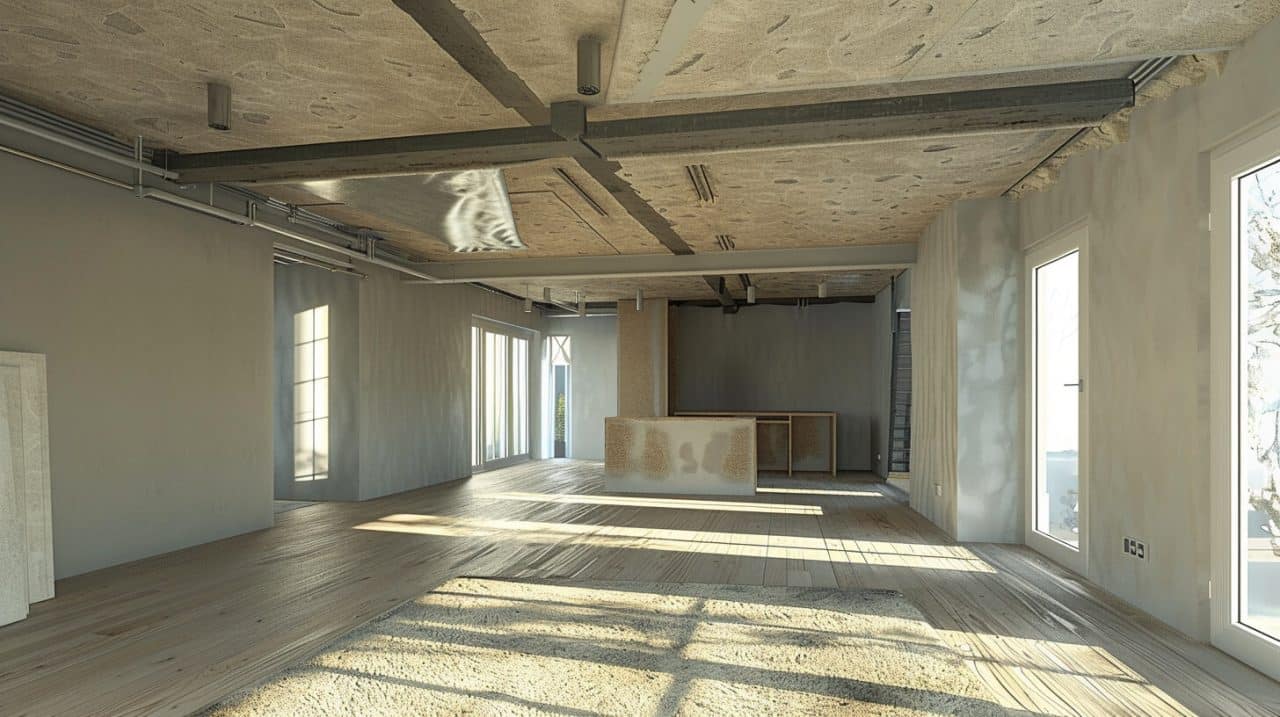
Safety Tips for Installing Ceiling Insulation
If you install yourself, prioritize safety precautions to ensure a hazard-free environment. This includes wearing safety glasses, gloves, and long sleeves and maintaining adequate ventilation during installation. Avoid installing insulation during hot weather to prevent exposure to high temperatures within the roof space. In such a scenario, insulating a ceiling from the inside makes more sense.
Can You Spray Insulation Into an Existing Ceiling?
Spray foam insulation can be convenient for inaccessible ceilings through standard methods. However, for optimal results, batt insulation is typically more effective than spray foam insulation. Consider researching expanding foam vs. insulation batts to determine the most suitable insulation method for your ceiling.
What Type of Insulation is Best for Ceilings?
When researching how to insulate a ceiling, glass wool and polyester batt insulation are popular and effective options. Glasswool offers excellent thermal performance and ease of handling, while specialized acoustic insulating ceiling batts can reduce external noise levels. Polyester batts, on the other hand, are non-allergenic and offer enhanced comfort, making them suitable for people with allergies or asthma.
What’s the Best R-Value for Ceiling Insulation?
The R-value of insulation products significantly impacts their thermal resistance and effectiveness in slowing down heat transfer. Higher R-values provide superior thermal resistance, leading to increased energy savings. Consider the climate of your location when determining the R-value, aiming for a minimum of R4.0 for warmer temperatures and R5.0 or R6.0 for cooler climates.
Contact Us for Your Ceiling Insulation Needs
Ceiling insulation is a crucial investment in enhancing energy efficiency and indoor comfort within your home. Whether you’re insulating a new or existing home, ensuring a comprehensive installation process and selecting the appropriate insulation products and R-Values are essential. Furthermore, prioritizing safety and considering professional installation can lead to optimized results and long-term benefits for your home. Contact us today for all your insulation and installation needs!
Bibliography
-
Clow, A. (2019, October 31). Benefits of Ceiling Insulation. www.linkedin.com. https://www.linkedin.com/pulse/benefits-ceiling-insulation-alan-clow/
-
“Attic Insulation | Ceilings | Installation Instructions.” Insulation Institute,
https://insulationinstitute.org/im-a-homeowner/installation/doing-it-yourself/attics-and-ceilings/.
Accessed 22 July 2024. -
“Where to Insulate in a Home.” Department of Energy,
https://www.energy.gov/energysaver/where-insulate-home.
Accessed 22 July 2024.



